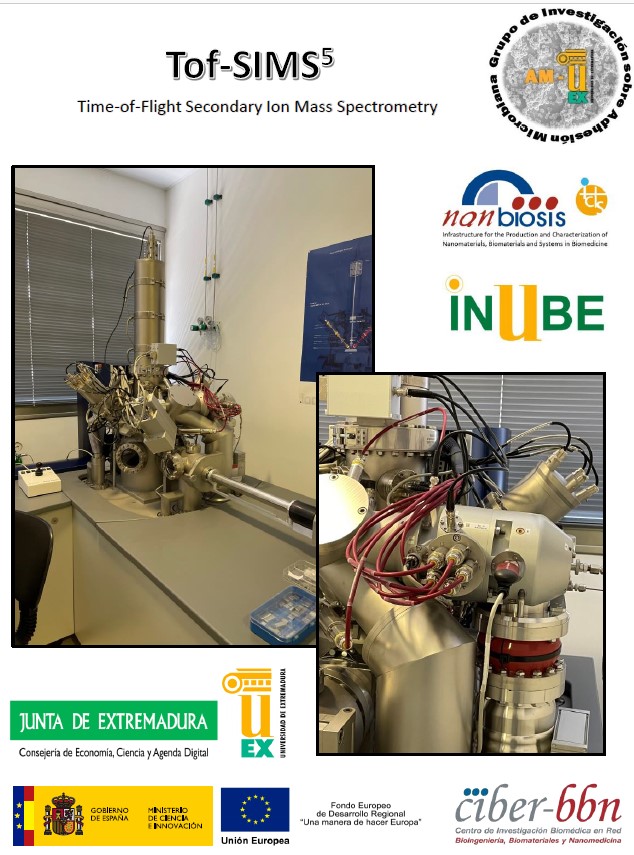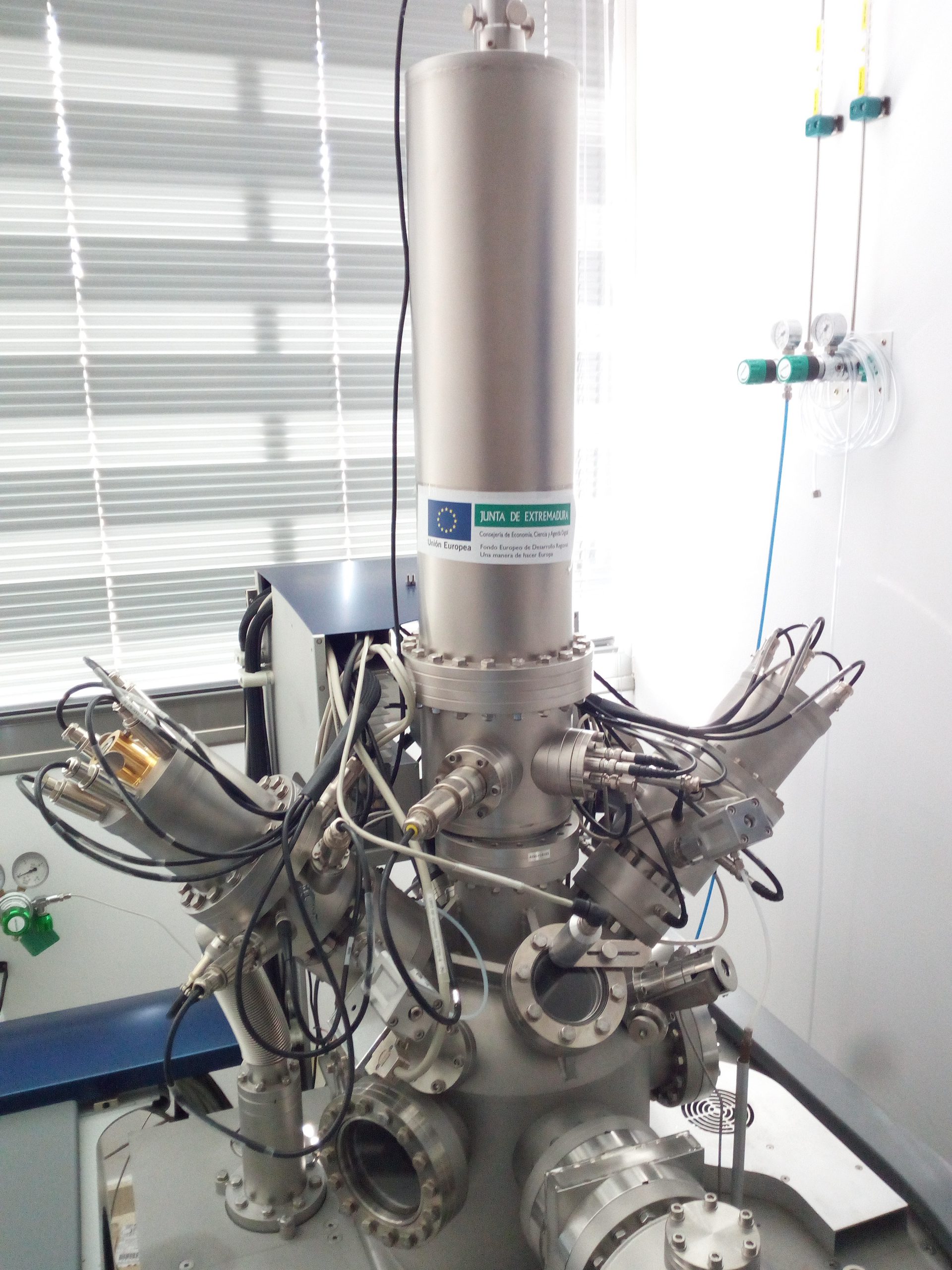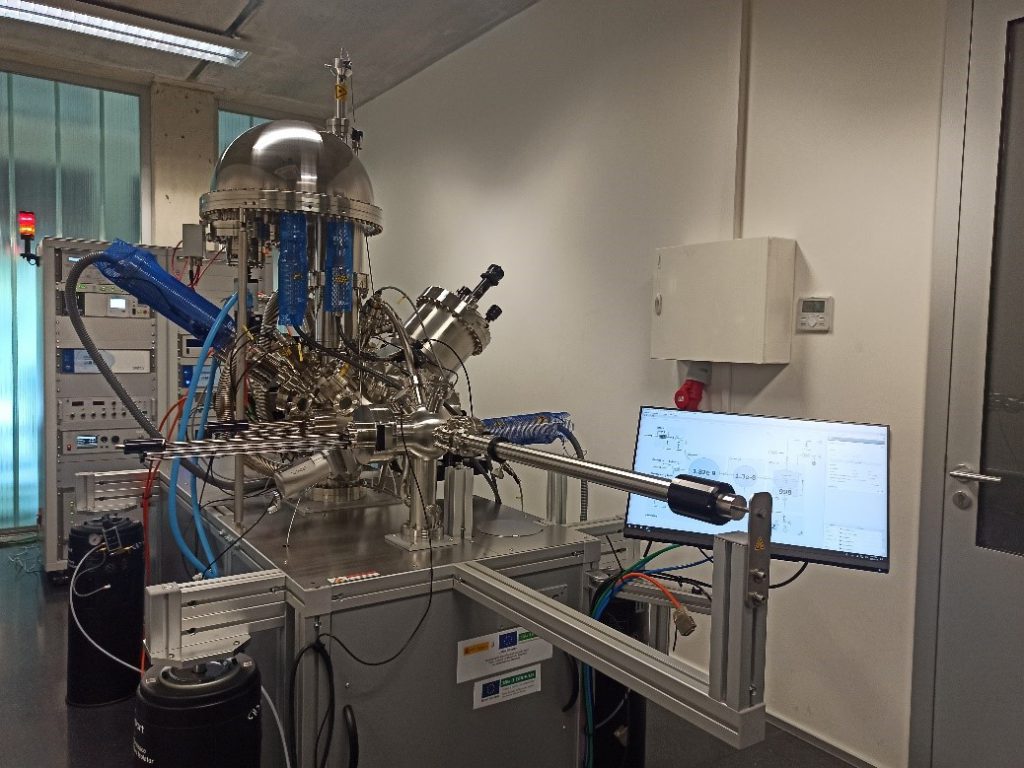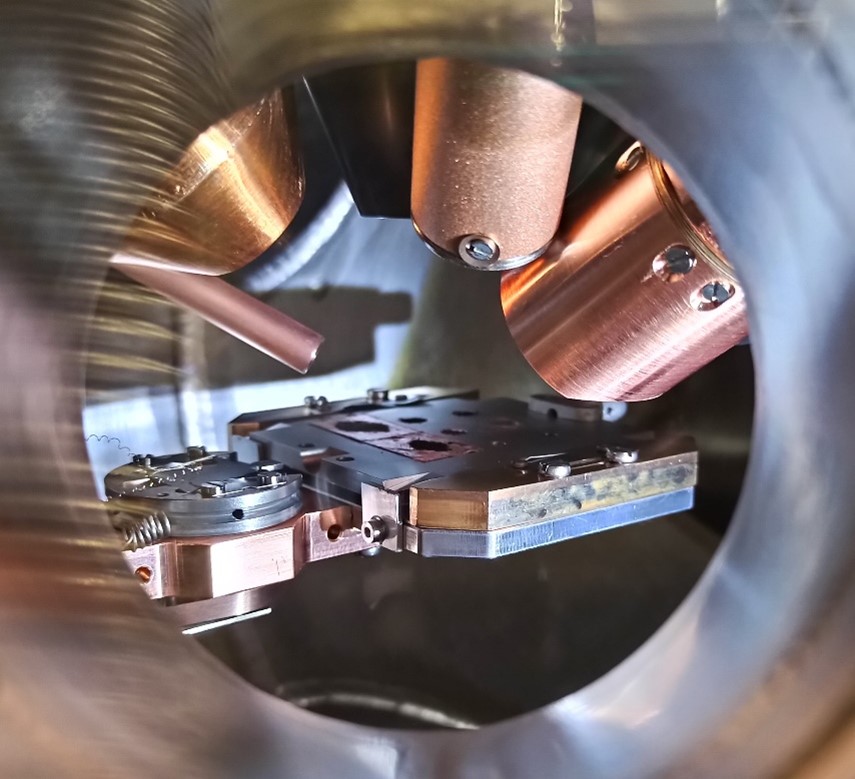U17-E01. Leica TCS-SP5 confocal microscope
Leica TCS-SP5 confocal microscope with especial features that allows studying interactions between cells/tissues and materials. Indeed, the experience of the research group in charge of this Unit makes this a unique service for the study of cells and tissues and the interactions between various materials and cell components as well as between implants/scaffolds and tissues of the recipient organism. For example, it makes it possible to characterize in detail the specific markers of particular cell populations for tissue engineering applications and in vitro tests of biocompatibility of new materials, allowing the process of cell colonization of surfaces to be explored and simultaneous analysis of the cells or subcellular structures and materials. The combined use of fluorescence and reflection makes it possible to study the tissue-implant interface, with up to 8 fluorophores, at wavelengths from 405 to 633 nm allowing histological studies of a wide range of tissue types which would be restricted at certain fixed wavelengths due to autofluorescence phenomena.
Leica TCS-SP5 confocal microscope with:
DMI 6000 inverted microscope with 4 objectives:
10X (dry); 20X; 40X and 63X(for immersion).
Confocal module:
•• 3 channels for spectral detection
•• AOBS (Acousto Optical Beam Splitter)
•• Resonant scanning system.
4 lasers:
•• Argon laser (excitation at 458, 477, 488, 496 and 514 nm)
•• He/Ne laser (excitation at 633 nm)
•• DPSS (diode-pumped solid-state) laser (excitation at 561 nm)
•• UV laser (excitation at 405 nm)
Incubation chamber on a motorized stage.
Workstation with 4 types of software for data acquisition and processing:
•• 3D imaging
•• Colocalization analysis
•• FRAP (Fluorescence Recovery After Photobleaching)
•• FLIP (Fluorescene Loss In Photobleaching)
•• FRET (Fluorescence Resonance Energy Transfer)












